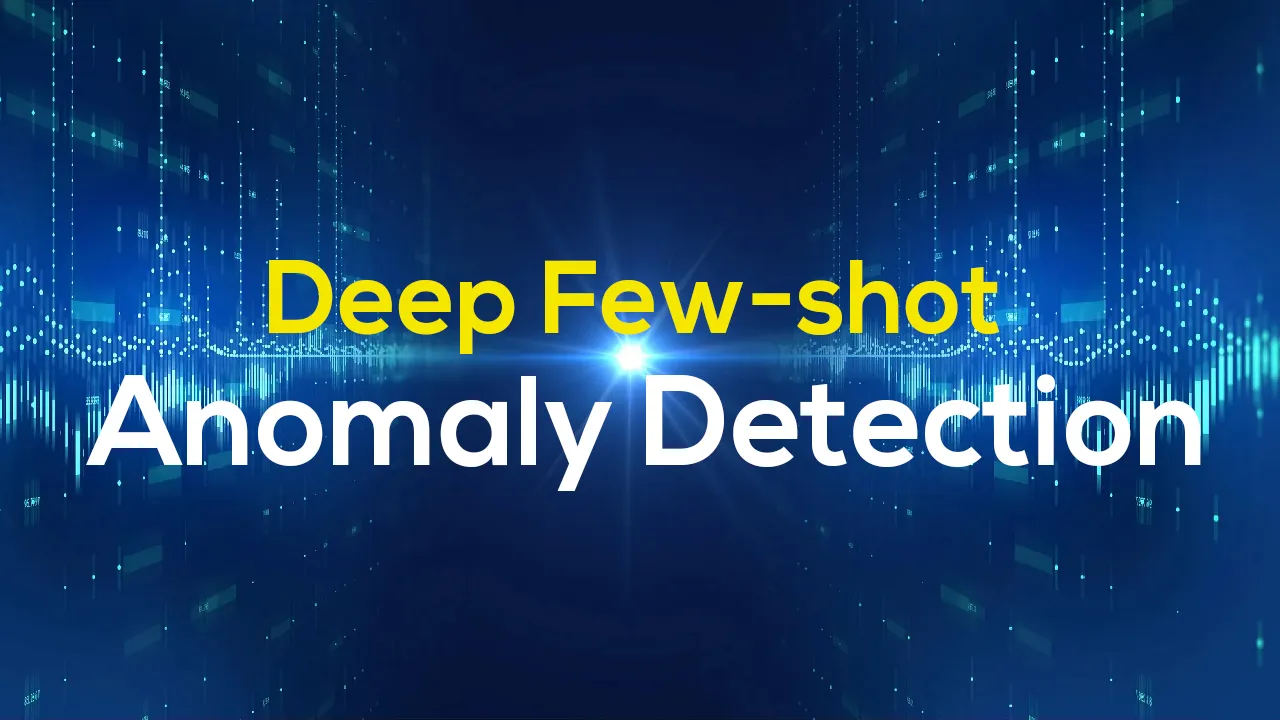Existing (deep or shallow) anomaly detection methods are typically designed as unsupervised learning (trained on fully unlabeled data) or semi-supervised learning (trained on exclusively labeled normal data) due to the lack of large-scale labeled anomaly data. As a result, they are difficult to leverage prior knowledge (e.g., a few labeled anomalies) when such information is available as in many real-world anomaly detection applications. These limited labeled anomalies may originate from a deployed detection system, e.g., a few successfully detected network intrusion records, or they may be from users, such as a small number of fraudulent credit card transactions that are reported by clients and confirmed by the banks. As it is assumed only a very small number of labeled anomalies are available during training, the approaches in this research line may be grouped under the umbrella ‘few-shot anomaly detection’. However, they also have some fundamental differences from the general few-shot learning. I will discuss more on the differences at the end. In this post, I will share some of our exciting work on leveraging deep learning techniques to address this problem.
The Research Problem
Given a set of large normal (or unlabeled) training data and a very limited number of labeled anomaly data, we aim to properly leverage those small labeled anomaly data and the large normal/unlabeled data to learn an anomaly detection model.
Deep Distance-based Anomaly Detection Approach
REPEN [1] is probably the first deep anomaly detection method that is designed to leverage the few labeled anomalies to learn anomaly-informed detection models. The key idea in REPEN is to learn feature representations such that anomalies have a larger nearest neighbor distance in a random data subsample than normal data instances. This random nearest neighbor distance is one of the most effective and efficient anomaly measures, as shown in [2, 3]. REPEN aims to learn feature representations that are tailored to this state-of-the-art anomaly measure. The framework of REPEN is illustrated as follows.
#few-shot-learning #editors-pick #deep-learning #anomaly detection
